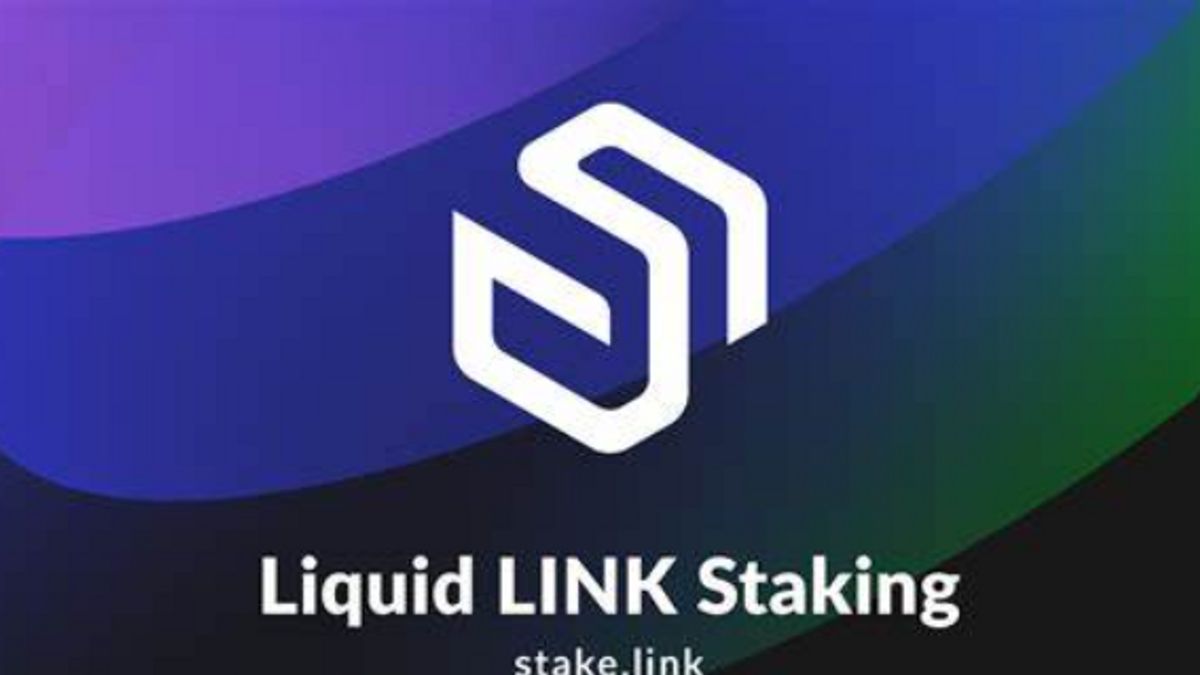JAKARTA Staking crypto is a way to earn passive income by locking a number of crypto assets in a blockchain network that uses proof-of-stake (PoS) mechanism. By staking, we can participate in the transaction validation process and get rewarded in the form of the same crypto asset.
Recently, Stake.link, a liquid staking protocol focused on the Chainlink (LINK) ecosystem, has integrated the Arbitrum network, an Ethereum-based layer two-layer (layer2) scaling solution, to provide a more efficient and cost-effective staking experience for users. This step was taken after obtaining approval from the Stake.link management board, which consists of SDL governance token holders.
According to the official announcement, Stake.link users can now stake LINK and SDL tokens on the Arbitrum network, and get an NFT called reSDL as proof of ownership. In addition, users can also move stLINK tokens, which are staking receipt tokens, to the Arbitrum network and convert them into wstLINK tokens, which can be used to participate in other DeFi activities.
Reporting from Coinspeaker, Tim Ogilvie, head of the global business division Stake.link said By crossing the chain into Arbitrum, we provide a more user-friendly and gas-friendly staking experience for the Chainlink community, increasing accessibility by reducing participation costs. At the same time, LINK holders will be able to explore more DeFi opportunities that produce yields in Arbitrum.
For additional information, Arbitrum is one of Ethereum's leading second-layer scaling networks, which offers lower transaction speeds and costs than layer one. According to data from L2Beat, Arbitrum currently has a Total Detained Value (TVL) of US$3.2 billion (Rp50.3 trillion), ranking second after Optimism.
SEE ALSO:
By integrating with Arbitrum, Stake.link also benefits from the ecosystem grant program provided by the network, which aims to support and provide incentives to the projects deployed on it. In addition, Stake.link also plans to collaborate withUS, an Arbitrum-based decentralized exchange (DEX), to provide additional rewards to LINK holders through her GRAIL token.
Stake.link allows users to stake their LINK tokens to 15 selected Chainlink node operators and get yields in the form of stLINK. With stLINK, users not only get mixed yields of around 8.36 percent, which is higher than the 4.32 percent offered by the Chainlink staking program, but can also maintain their asset liquidity.
stLINK can be exchanged back to LINK at any time via the Curve Finance network, a liquidity exchange protocol for stable assets. Currently, the StLINK/LINK Curve Finance pool has around 64,948 stLINK and around 72,947 LINKs with a total of about 2.63 million US dollars (Rp41.2 billion).
The Staking Chainlink program has been running for about 14 months on the Ethereum mainnet and gaining popularity among retail traders and institutional investors. The Chainlink staking program aims to improve cryptoenomic security and user guarantees from the ORacle Chainlink service, by allowing LINK tokens to be locked as network performance guarantees. Chainlink staking programs are currently only available for ETH/USD feed data, but are expected to expand to other oracle services in the future.
The English, Chinese, Japanese, Arabic, and French versions are automatically generated by the AI. So there may still be inaccuracies in translating, please always see Indonesian as our main language. (system supported by DigitalSiber.id)













